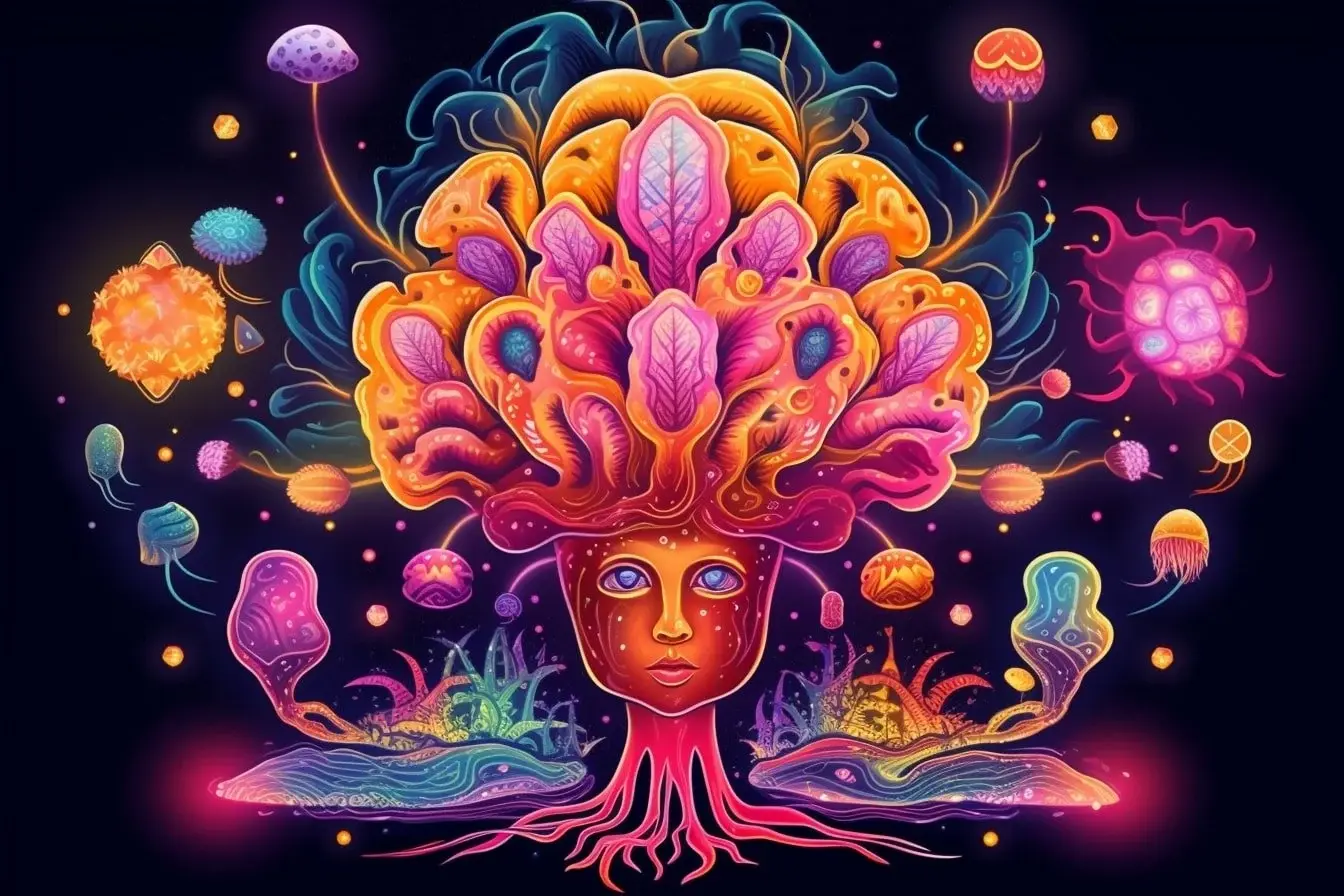The overlooked relationship between collaboration and conflict
The overlooked relationship between collaboration and conflict
Collaboration is often associated with working well together, providing a competitive advantage, and winning. Conflict, on the other hand, can be seen as a hindrance, negative, and a symptom of failure. However, these two phenomena are not in opposition, in fact, collaboration; the art of working with other people is inherently conflictual. Whenever you have a group of people working together there are always tensions and differences; it is the way you work with these factors that is important to pay attention to. In this blog, we are looking at how we can change our understanding of the relationship between collaboration and conflict to better understand the reality of working together with others.
"Collaboration; the art of working with other people, is inherently conflictual."
The unhelpful idealisation of collaboration
The focus on collaboration has increased in the past decade due to a shift in the diversity and interdependency of the workplace, supported by globalisation and technological advancements. The investment in collaboration at work is supported by a growing body of evidence to show how the way people work together makes a difference, not only to business performance but also to culture and people’s experiences of organisations and society. The problem is, however, that there is a general idealisation of collaboration, it is often seen as an achievable, all-harmonious, and peaceful state; where everyone gets on well together, enjoys their work, and achieves their goals. Additionally, it is often understood that by collaborating well you are going to do good work, yet it’s important to remember, people can collaborate excellently and still do some pretty bad things! By idealising collaboration we are risking overlooking the more messy, complex reality of working with others.
The damning of conflict
Like with collaboration, there has been an increase in management and leadership initiatives focussed on ‘resolving conflict’ and ‘managing conflict’ as if it were something that can be controlled and done away with. The mindset tends to be: “If only we could resolve all our differences, we would reach this desired collaborative state” or even “if I just pretend this conflict doesn’t exist, we will all get on and be successful”. There are of course many conflicts that can and should be resolved, and there are skills we can develop to get better at doing this, but to think we can work in a tensionless, all agreeing way would be flawed, and probably pretty boring. It is within the tensions and differences between us that innovation, creativity, and opportunity lie.
A more real, re-imagining of collaboration
So, rather than striving for an unobtainable, collaborative utopia, perhaps a more real way of working is to shift our understanding of collaboration to be the ‘how we are together’ - the quality of participation with one another. Rather than it being associated with harmony and alignment, also recognising it’s about conflict, identity, and anxiety. The more aware we can be of the dynamics that exist, including the disrupting AND beautiful tensions and differences, the greater choice and capacity we have for changing things in the moment; to best suit the needs of the group, project, or cause.
- Two of the skills we think are most important to develop in order to improve our ability to collaborate is the skill of inquiry and listening. Download our short guide for some tips and guidance on developing these two things.
- We enjoyed reading this Harvard Business Review article on collaboration, and the author gives some good tips for how to work with the tensions and conflicts differently.
We have worked on the topic of collaboration with our clients for years, and have developed many approaches to working with teams and leadership groups on how they can work better with one another. If you're interested in finding out how we can support you and your organisation, get in touch for a chat.
.png?width=120&height=120&name=RISE%20Logo%20(7).png)
%20(1).png?width=133&height=133&name=Compass%20Coasters%20(87%20x%2087%20cm)%20(1).png)
.png)

